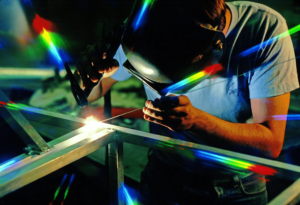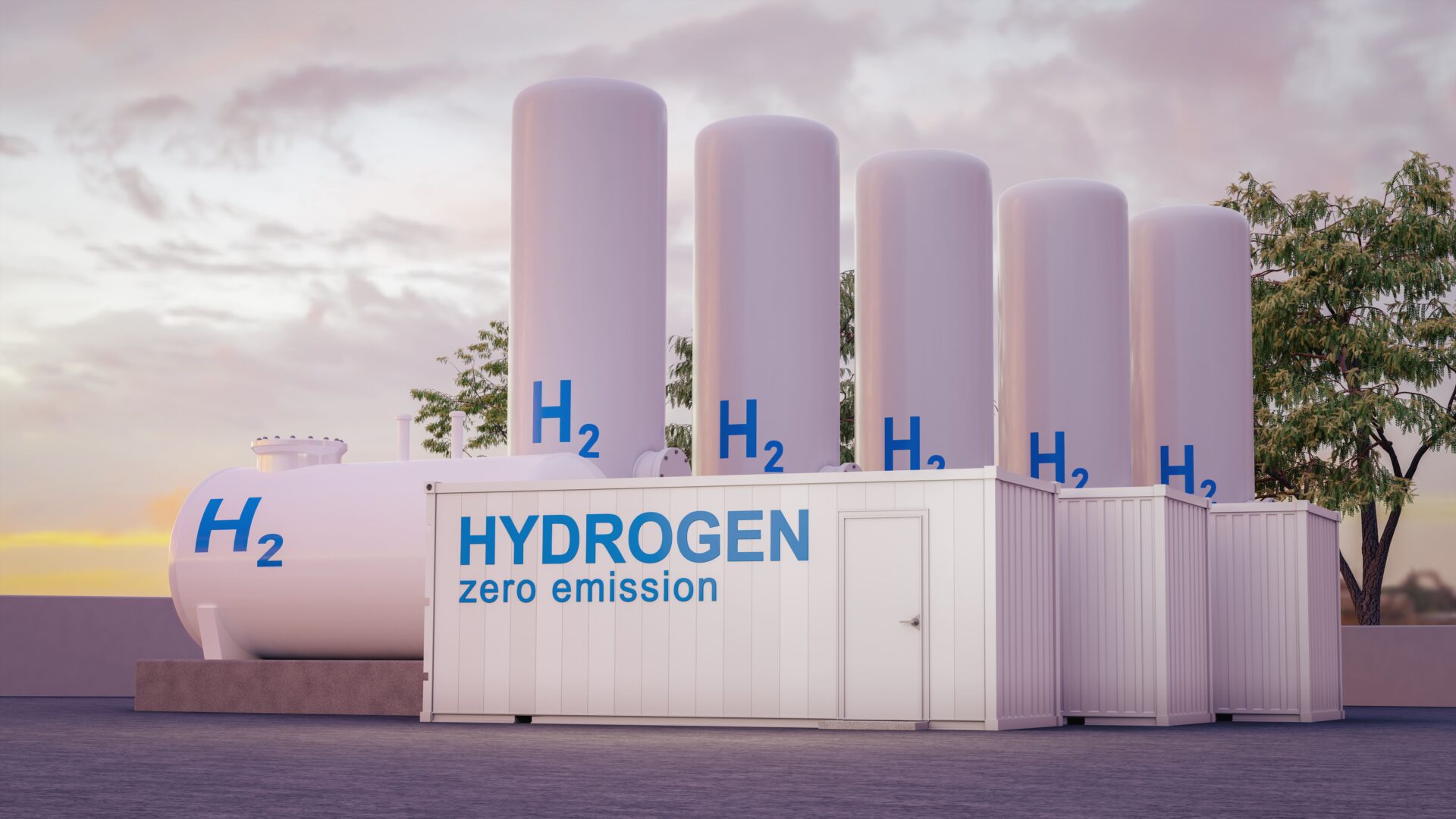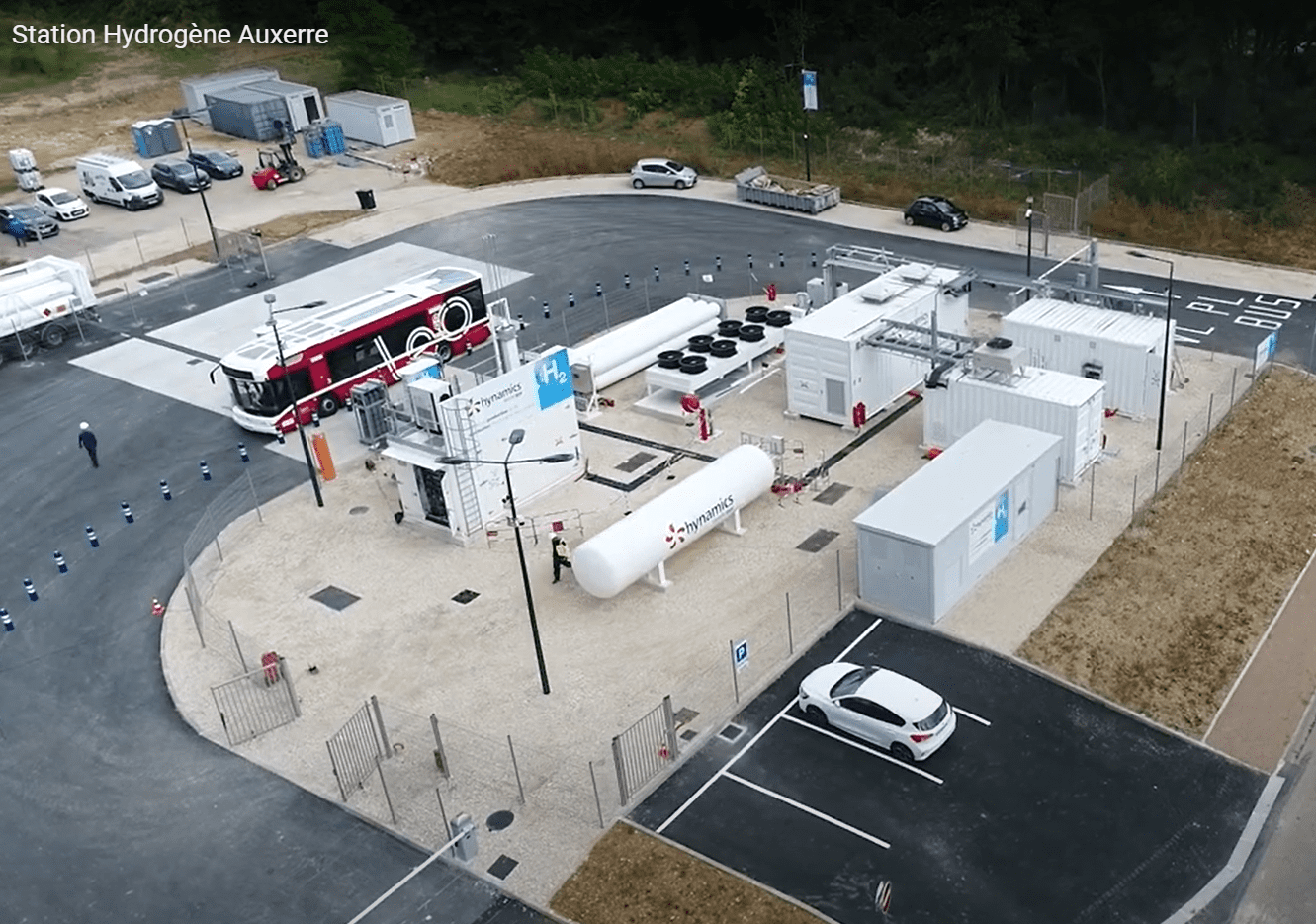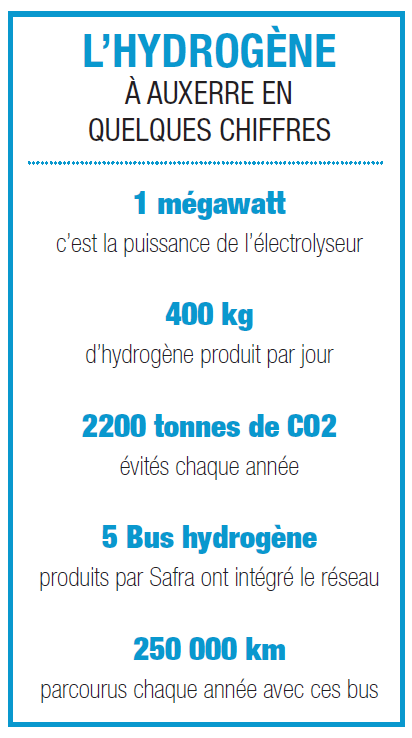
Designing your hydrogen ecosystem


Hydrogen ecosystems are flourishing in France with the arrival of ADEME funding and calls for projects. These “hubs” are organized around production, distribution and consumption sites to create both supply and demand. They allow cities to produce their own renewable hydrogen to supply the various hydrogen mobility systems they will set up. The loop is also virtuous, since the projects not only allow the implementation of zero-emission mobility solutions by powering them with their own green energy, but also encourage new hydrogen projects to see the light of day, thus creating jobs in the territories.
Beyond the fact that it is a key player in the fight against global warming, hydrogen has a strong asset: it is an energy carrier, so it can be produced locally and does not need to be imported, like hydrocarbons. This is a very topical issue in 2022. Producing hydrogen locally therefore makes it possible to valorize, convert, store and restore renewable energies directly by the territory, and on demand.


The integration of a local production allows the design of a hydrogen ecosystem within which the production, distribution and use of hydrogen will be efficiently articulated. Indeed, in order for the cost of installing the production station to be quickly amortized, there must be enough uses for the hydrogen produced.
This is often the starting point for the creation of a hydrogen ecosystem: the creation of a hydrogen mobility project within a city. When cities want to decarbonize their heavy mobility fleet, such as buses or refuse collection vehicles, they work on a global project, integrating the creation of a production station, often powered by green electricity: the electrolyzer is powered by electricity produced by photovoltaic panels or by an Energy Recovery Center (ERC). The result is renewable or low-carbon hydrogen.
The creation of this station thus launches the “hydrogen offer” on the territory, which will be able to propose to public and private actors the use of locally produced hydrogen. This will allow a multiplication of uses, such as light vehicles, utilities for deliveries, fleets of bicycles in the city center, etc. Local companies that also use carbonated hydrogen in their industrial processes will also be able to use this locally produced renewable hydrogen and thus decarbonize their production.
The cities that are launching the development of these “hydrogen hubs” are driven by ambitious and proactive political choices. To become an energy self-sufficient territory, they must use existing financing levers (see page 21), but also public money, which must be used in a reasoned and justified manner. The stakes are certainly high, but the local result is very encouraging, since it makes it possible to combine the energy transition with the development of the region.

Crescent Marault, 52, is mayor of Auxerre and president of the Communauté de l’Auxerrois since 2020. He has launched a hydrogen ecosystem project, to be inaugurated in 2021, where 5 hydrogen Businova vehicles manufactured by Safra are in operation.
On October 13, 2021, you inaugurated the largest renewable hydrogen production station in France in Auxerre. What attracted you to this technology to make it such an ambitious project in your city?
CM – The hydrogen challenge, as we have imagined it, holds great promise. We want to anchor this technology in the region and encourage companies to adopt it so that tomorrow, the Auxerre region will be ready before the others. The Agglomeration is piloting a medium and long-term strategy to become an energy self-sufficient region. The role of a local authority is to prepare for the challenges of tomorrow and to initiate change in the service of its attractiveness, both for citizens and for businesses.
How do you see the different uses of hydrogen in your territory? And what uses would you like to develop?
CM – The objective is to establish strong partnerships between the Auxerrois region, under the aegis of the agglomeration, and industry and mobility players in order to bring new hydrogen projects to the fore. It is therefore a whole ecosystem that can be envisaged, with the objective of creating economic activity and employment around hydrogen applications, but also developing innovation on hydrogen-related themes, in line with the territory’s assets in terms of training, industrial fabric and geographical positioning. Finally, it is a question of innovating on specific themes linked to mobility by start-ups, but also of offering a multidisciplinary training field to improve the attractiveness of Auxerre.
Your station is part of a large territorial project, a hydrogen ecosystem that will develop in the coming months. Can you explain to us your vision on this subject? What does this “hydrogen hub” represent for the Auxerre agglomeration?
CM – The ambition is to bring out new industrial projects using hydrogen and to encourage the development of hydrogen uses. To this end, some 40 local companies have already committed themselves alongside the Communauté d’agglomération de l’Auxerrois. In order to respond to the development of these new uses, the objective for 2024 is to extend both the production capacity (from 1 to 3 MW) and the reception capacity of the station, while reinforcing their multimodal character, in order to support the emergence of all hydrogen uses (bus, utility vehicles, trucks, rail, river, industrial and stationary).
In a world facing ever more pressing environmental issues, transition
“A stone has no hope of being anything other than
The fourth leading cause of mortality in the world, air